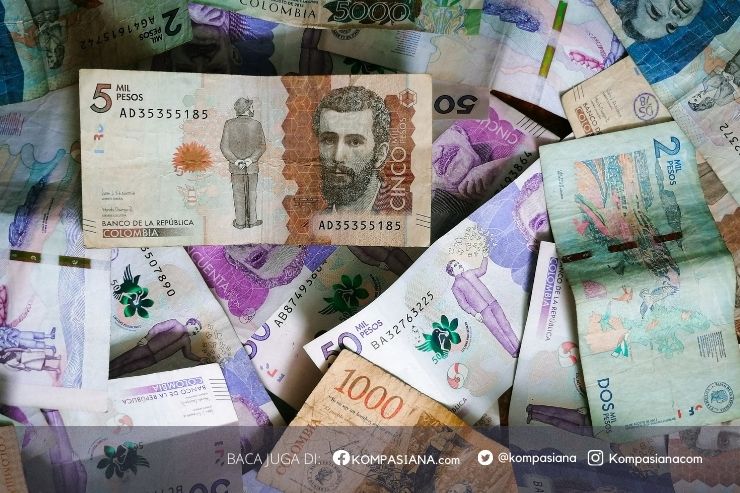Does the export data show the income generated by an industry in a country? The answer can be yes or not. Export implies income for a country because that country sells a product or service to other countries. Therefore, export data usually is used to reflect the productivity of an industry and income generated in one country. However, this conclusion nowadays may be misleading.
Export data does not only reflect how much income generated in producing one unit product. The globalization has altered the production chain of a product. To produce one unit product, the raw materials are imported from other countries. The imported-raw material can reduce the total income of a product. Let assume that the cost of imported-raw material is Rp.80. After production, the price of the final goods is Rp.100. If the goods are exported to other countries, the export data will record the export value of that country of Rp.100. As we know, the final price of the goods also contains a cost of raw material of Rp.80. Thus the export data supposedly record the net income of export value that is Rp.20 instead of Rp.100.
That's why taking the conclusion from the export data can be misleading because export data does not take into account the cost of imported raw material. The export data can reflect the income generated by an industry in a country if the all production of the goods is done in the country. The measurement of productivity and income generated by an industry should be adjusted in order to take into account the cost of imported-raw-material.
Therefore, to measure the income generated by the export, it is necessary to measure it in value-added terms. Value-added denotes the contribution of each economy to production at each of the supply chain stage. The globalization has encouraged businesses to move some parts of its production to another place in order to reduce the costs, increase the efficiency, and speed-up production. Improvement of information, communication, and transportation technologies make it sense to run operations across multiple locations. However, in general, the biggest value-added in supply chain stage remains in the origin country of the business. Consequently, the advanced economy which is usually the origin of the business still captures the largest advantage in the global value chain.
Follow Instagram @kompasianacom juga Tiktok @kompasiana biar nggak ketinggalan event seru komunitas dan tips dapat cuan dari Kompasiana. Baca juga cerita inspiratif langsung dari smartphone kamu dengan bergabung di WhatsApp Channel Kompasiana di SINI







